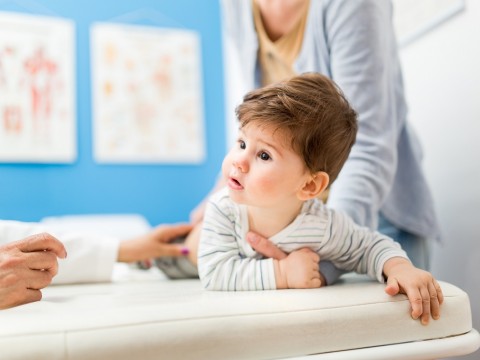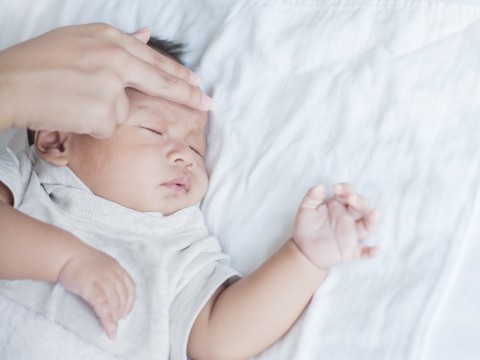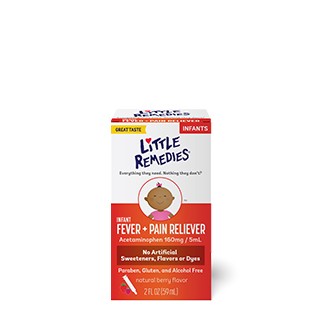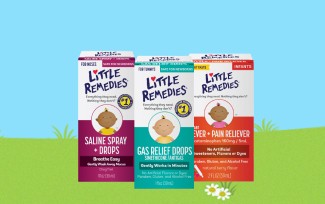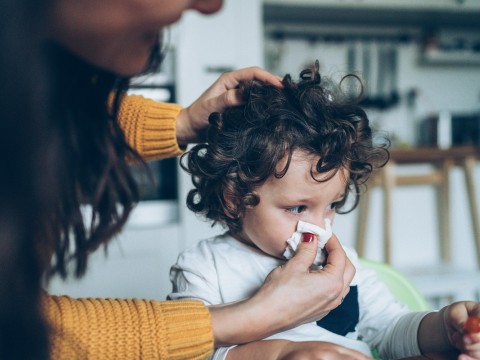

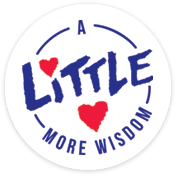
A Little More Wisdom
Fever is just a symptom and a higher temperature does not necessarily mean a sicker child.
What To Do If Your Baby Has a Fever
Written by on March 11th, 2019
Sick season is approaching and unfortunately that means lots of fevers. Fever just frightens so many parents (especially new ones) and there are so many myths to dispel when you discuss fevers.
Remember, fever is just a symptom and a higher temperature does not necessarily mean a sicker child. Taking care of your child’s first fever is always the hardest but here are some guidelines.
Doctors define fever as a temperature above 100.4 degrees. There are many ways to take a baby’s or child’s temperature. For a young baby under the age of 1 I still prefer rectal temperatures. They are very easy to take and your baby won’t mind at all. Once your child is older you can take their temperature with an otic (ear) thermometer, or a temporal (forehead) thermometer.
If your child is over 8 weeks of age, the first thing to do is take a breath. The first time your child gets a fever is often the hardest as you have to remember that fever is just a symptom and not an illness. The age of your child makes handling a fever a bit different but, regardless of age, you have to look at several things, as follow:
#1 - I know your child is pathetic with a fever, but is she really lethargic?
When you treat your child’s fever with acetaminophen, does she “perk up” a bit and act happier and play for a bit? Will she smile, take a bottle or watch a cartoon on TV? These are all good signs that she is not terribly sick. A child’s mood and activity level should change when the fever is lower and she should be even more pathetic when their temperature is back up. Up and down mood and behavior is normal and reassuring.
#2 - Hydration is important
When your child has a high temperature, she needs to be drinking. Parents usually worry about their child eating but would you eat a double cheeseburger with a temperature of 102 degrees? Make sure your child is drinking and when they are sick I say “let them drink anything, no rules”. Once they are better you can go back to the no juice, popsicles rules, etc but when they are sick just make sure they are hydrated.
#3 – Cold Extremities and Color
It is winter and cold outside, so when your child gets a fever, her extremities will often be cold but her “core” is warm. They should always have pink lips, tongue and never have a cold trunk. Little ones might have slightly purple hands and feet when it is cold, but if their central body is warm and they are smiling, that’s ok. Even in long pajamas and socks you can still have cold hands and feet, so look at their whole body.
#4 – Pay Attention to Dosages
Make sure the you have a dosing chart for products to treat your child’s fever. Both acetaminophen and ibuprofen (used in children over 6 months of age) are dosed based on weight rather than age. Follow the directions and only give medication if your child has a fever and not preemptively.
If your child has persistent fever or you have any concerns about their hydration or breathing call your pediatrician. At this time of year, it is not uncommon for a toddler to have a fever for 2-3 days with every viral illness that they seem to catch.


